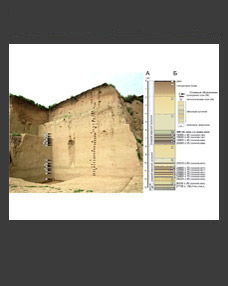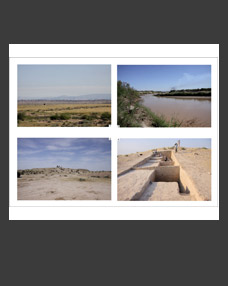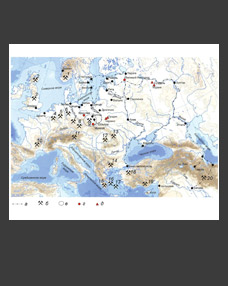Natalia V. Kuzina
Lobachevsky Nizhny Novgorod State University, Nizhny Novgorod, Russia
E-mail: kuzina-natalia@mail.ru
Keywords: the Crimean Azov littoral, Bosporus, chora, burial implements, funeral rites, burials, ecofacts, shells.
Along with artifacts that traditionally attract the attention of researchers (fragments of ware, terracotta, coins, etc.), materials of natural origin have been recorded in burial complexes including seeds and grains of cultivated plants, shells of sea and river molluscs, pieces of chalk and dyes (ocher), f lint, pebbles, and eggshells, which in most cases form a unique combination of items in the burial inventory. While having no independent cult significance, in the sacral space of the necropolis objects of this kind were endowed with new meanings and included in a system with a complex hierarchy of relations, thus playing a symbolic role in the burial custom. The use of natural objects in the funeral rite in general ref lects the durability among the rural population of the rudiments of primitive religions and beliefs common to the archaic worldview of both the Greek and non-Greek populations. Natural objects in burials could correlate with the symbolism of the elements (water, fire, earth) involved in the cosmogonic process and embody the idea of a new birth, renewal, and fertility. As mediators between the worlds in an incessant cycle of death and rebirth, they were used in rites of transition, in which the relationship between the levels of the universe was reconstructed in accordance with the archaic worldview.
DOI: 10.31857/S086960630013706-5







